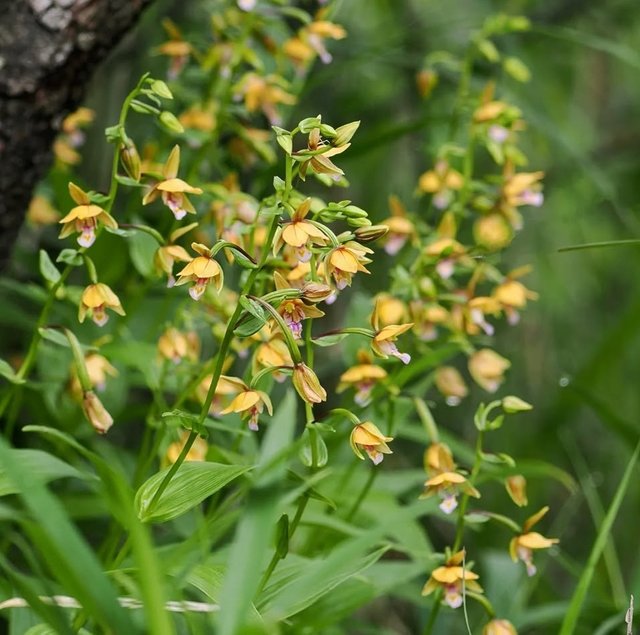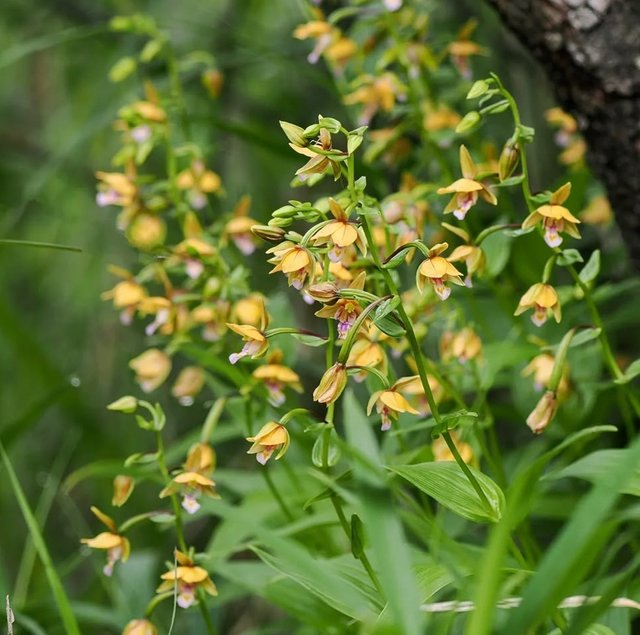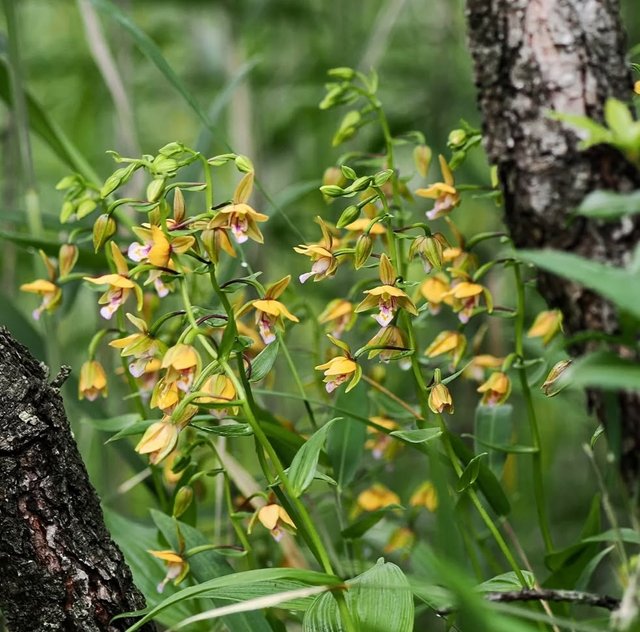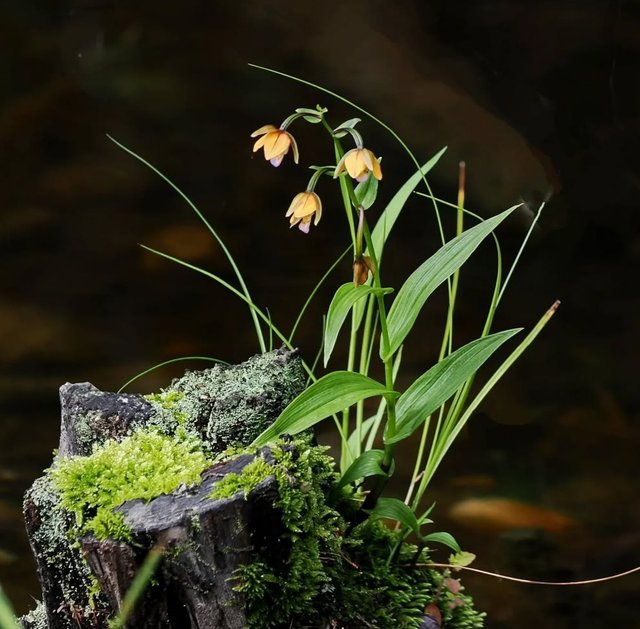Stream Orchid: A Rare Jewel of Wetlands
The Stream orchid, scientifically known as Epipactis gigantea, is a fascinating and somewhat understated member of the orchid family, Orchidaceae. Also known as the giant helleborine, this orchid is unique in both its habitat preference and ecological role. Native to North America, it graces riparian zones and wetland edges with its delicate beauty, often surprising observers who don't expect to find an orchid growing in such moist, sometimes soggy ground.
Botanical Description
The stream orchid is a terrestrial, rhizomatous perennial that grows from creeping underground stems. It can reach heights between 30 and 90 cm, making it one of the taller species of temperate orchids—hence the name gigantea. Its stems are sturdy and often tinged with red or purple.
The plant's leaves are alternate, lance-shaped, and prominently veined, growing up to 15 cm long. They have a somewhat sheathing base and are arranged spirally up the stem.
The flowers are the true highlight. Blooms appear in loose, terminal clusters and exhibit shades of coppery-orange, pink, reddish-brown, and green. Each flower is composed of three sepals and three petals, with the lower petal forming a prominent lip or labellum that serves as a landing platform for pollinators. The lip is often fringed and can show lighter streaks or spots, adding to the flower’s intricate appearance. Flowering typically occurs from late spring through early summer.
Habitat and Range
True to its name, the stream orchid thrives in wet environments. It prefers streambanks, seeps, springs, marshy areas, and wet meadows, often where groundwater is present. It tolerates a variety of soil types as long as moisture is ample, but it particularly favors calcareous soils.
Geographically, Epipactis gigantea is widespread in western North America. Its range extends from British Columbia through the western United States and into northern Mexico. It is especially common in the mountainous regions of California, the Rocky Mountains, and the southwestern deserts where seeps and springs offer rare, moist habitats.




%20(8).jpeg)